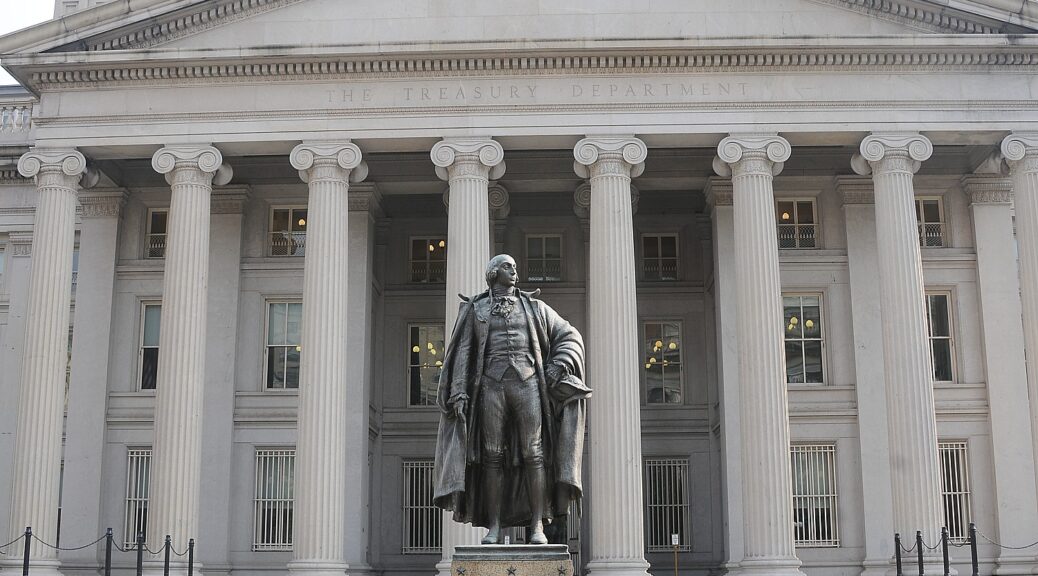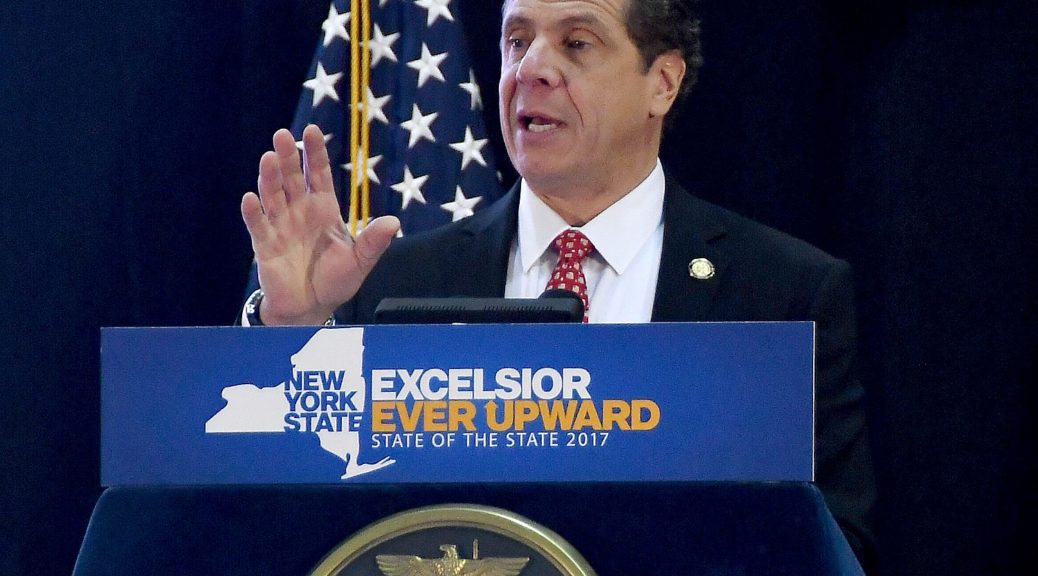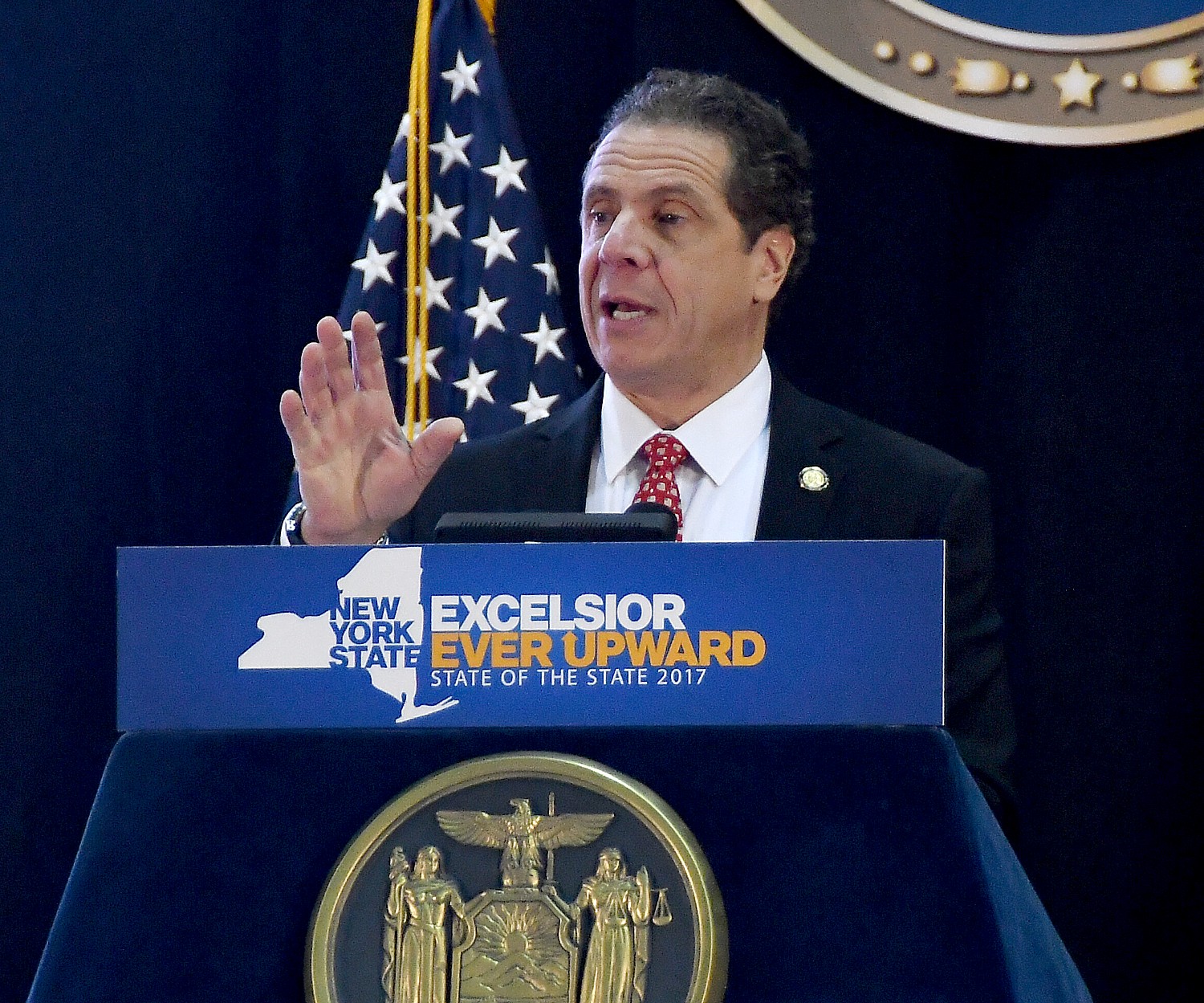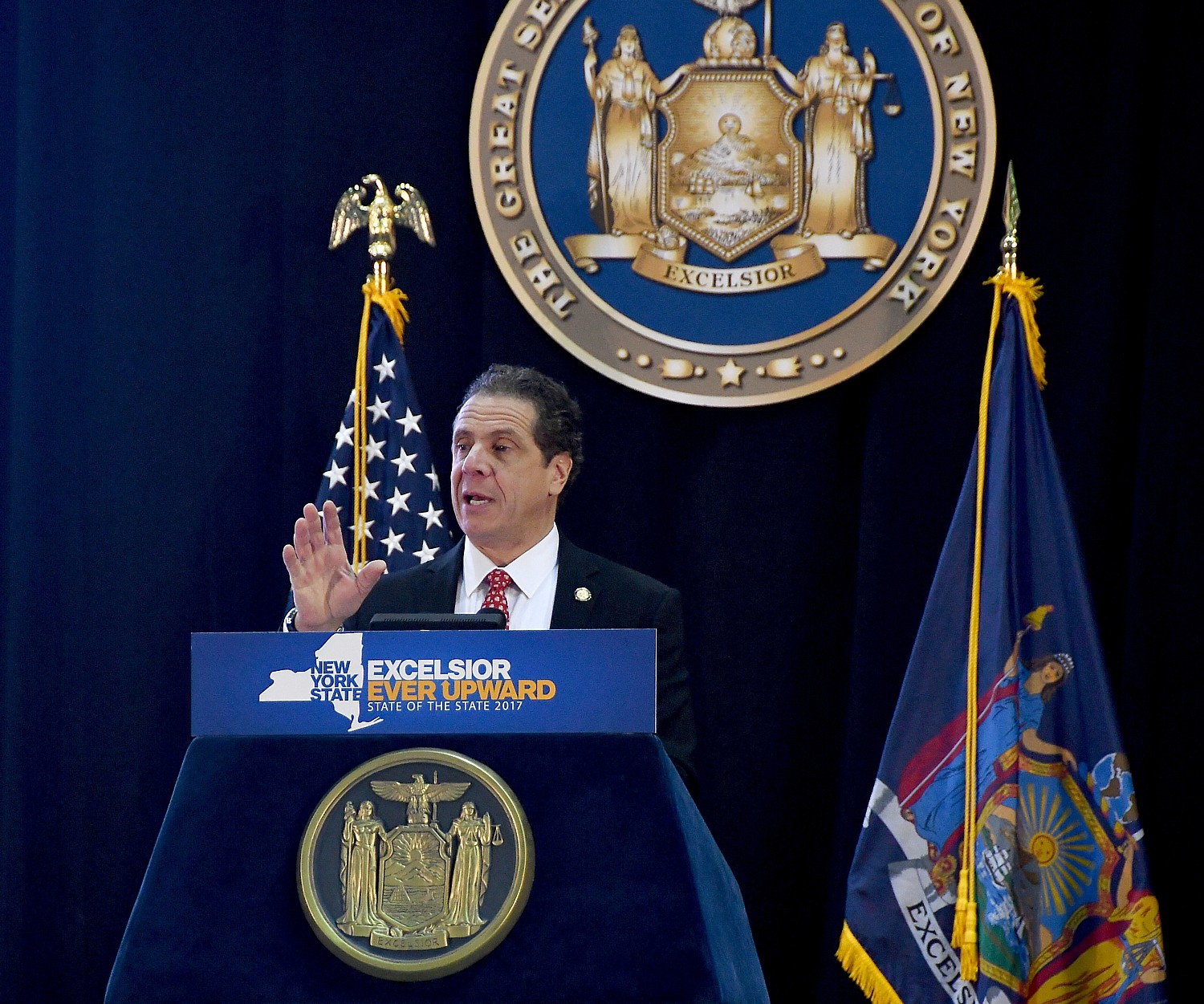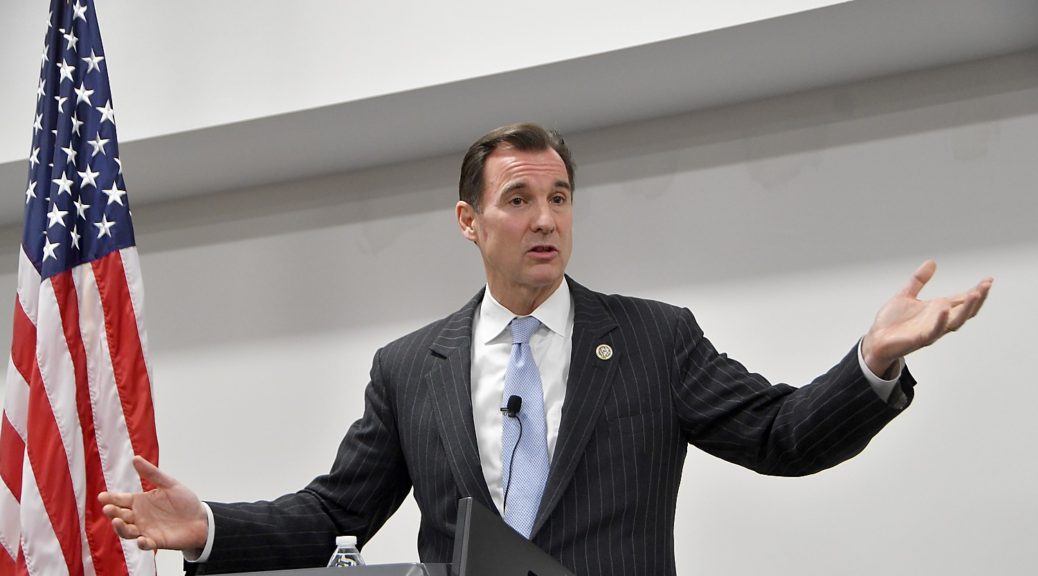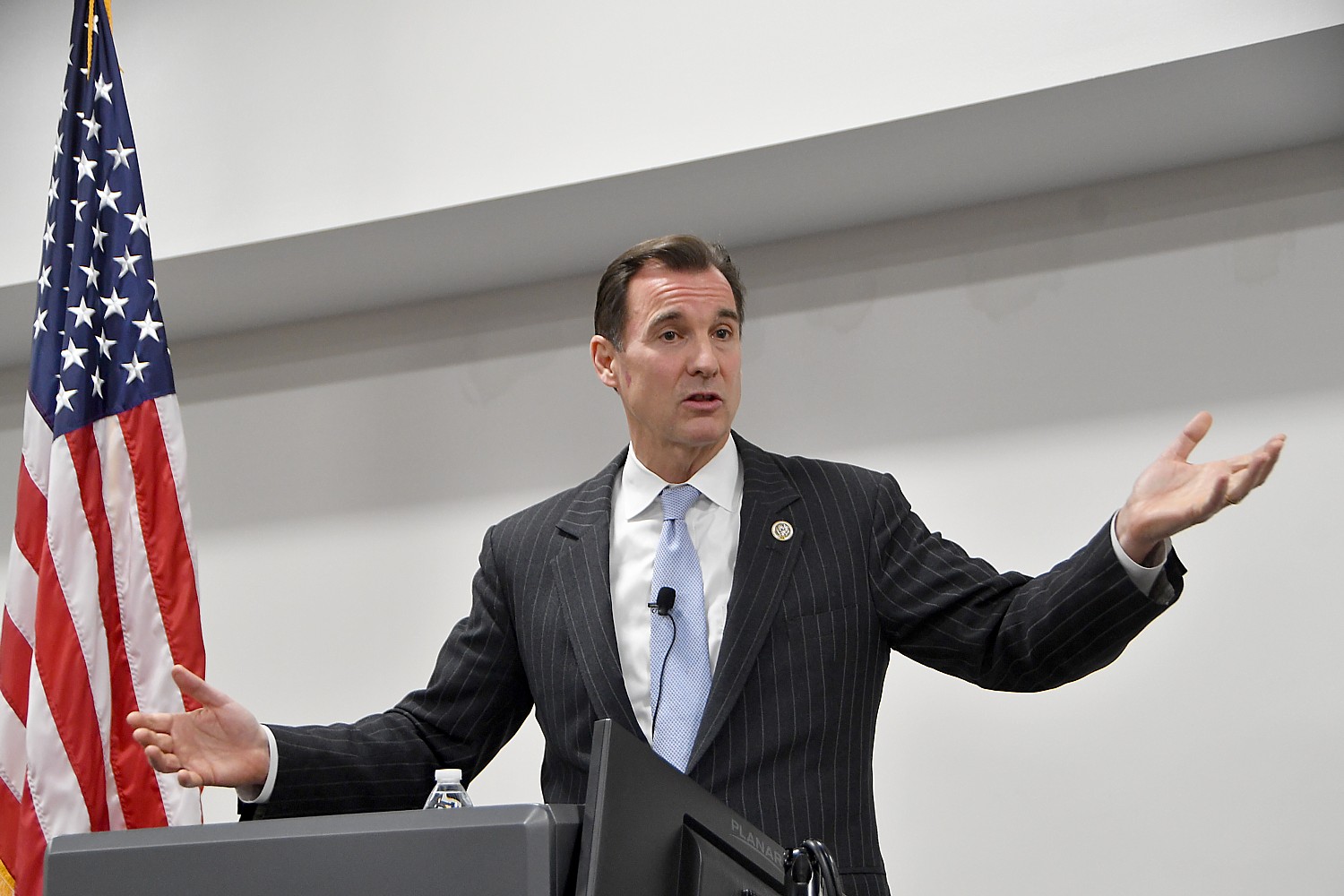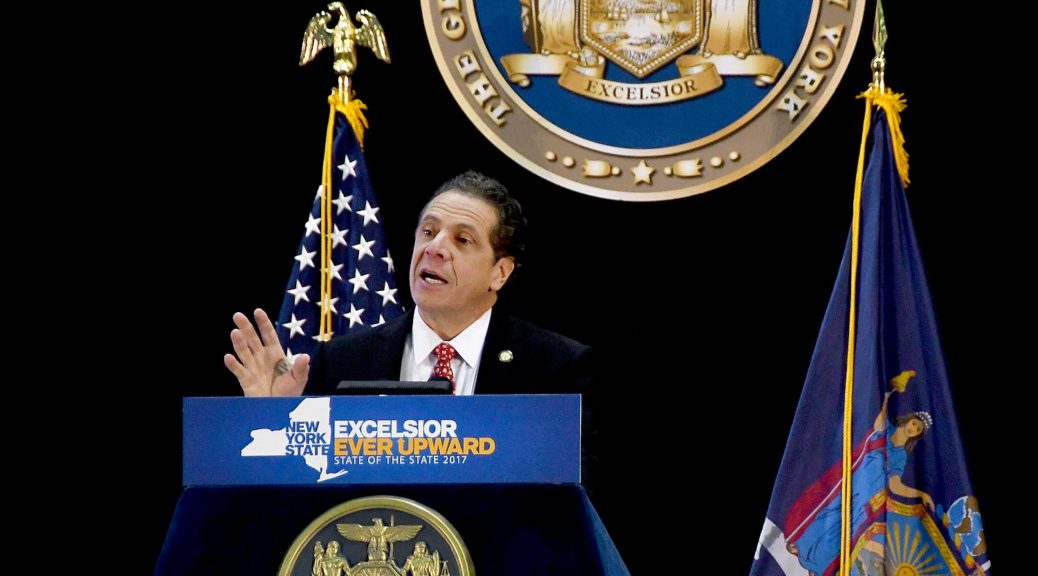This fact sheet is provided by the Department of the Treasury concerning new initiatives launched by the IRS using funding from the Inflation Reduction Act to ensure large corporations pay the taxes they owe, while improving service and modernizing technology with the launch of the Business Tax Account:

WASHINGTON—Following a dramatically improved 2023 Filing Season thanks to Inflation Reduction Act (IRA) investments, the Internal Revenue Service (IRS) has targeted IRA resources on strengthening enforcement, with announcements on new initiatives to pursue high-income, high-wealth individuals who do not pay overdue tax bills and complex partnerships. Today the IRS is announcing new initiatives to ensure large corporations pay taxes owed. As these initiatives to improve compliance among high-income individuals, complex partnerships, and large corporations ramp up, the IRS is continuing its work to improve customer service and modernize core technology infrastructure, most notably with the launch of Business Tax Account.
Ensuring Large Corporations and High-Income, High-Wealth Individual Taxpayers Pay Taxes Owed
The IRS is working to ensure large corporate and high-income individual filers pay the taxes they owe. Prior to the Inflation Reduction Act, more than a decade of budget cuts prevented the IRS from keeping pace with the increasingly complicated set of tools that the wealthiest taxpayers use to hide their income and evade paying their share. The IRS is now taking swift and aggressive action to close this gap.
- Large Foreign-Owned Corporations Transfer Pricing Initiative: The IRS is increasing compliance efforts on the U.S. subsidiaries of foreign companies that distribute goods in the U.S. and do not pay their fair share of tax on the profit they earn of their U.S. activity. These foreign companies use transfer pricing rules year after year to report losses that are engineered through the improper use of these rules to avoid reporting an appropriate amount of U.S. profits. To crack down on this strategy, the IRS is sending compliance alerts to approximately 150 subsidiaries of large foreign corporations to reiterate their U.S. tax obligations and incentivize self-correction.
- Expansion of the Large Corporate Compliance program: The Large Business & International Division’s (LB&I) Large Corporate Compliance (LCC) program focuses on noncompliance by using data analytics to identify large corporate taxpayers for audit. LCC includes the largest and most complex corporate taxpayers with average assets of more than $24 billion and average taxable income of approximately $526 million per year. As new accountants come on board in early 2024, LB&I is expanding the program by starting an additional 60 audits of the largest corporate taxpayers selected using a combination of artificial intelligence and subject matter expertise in areas such as cross-border issues and corporate planning and transactions.
- Cracking Down on Abuse of Repealed Corporate Tax Break: Following the 2017 repeal of a provision of the code that provided a deduction for producing goods in the U.S., the IRS received hundreds of claims collectively seeking more than $6 billion in refunds, with a significant portion of filers claiming the deduction for the first time. The IRS launched a campaign to address noncompliance and review high-risk claims in this area. IRS efforts have been incredibly successful in ensuring revenue is collected. The efforts have recently been supported by a significant win in the Tenth Circuit Court of Appeals, which sided with the Tax Court and IRS in denying a refund claim based on a $1.8 billion deduction. This will have far-reaching benefit to the IRS’ ongoing efforts in this space.
- Prioritization of high-income cases: The IRS has been ramping up efforts to pursue high income, high wealth individuals who have either not filed their taxes or failed to pay recognized tax debt. These efforts are concentrated among taxpayers with more than $1 million in income and more than $250,000 in recognized tax debt. Building off earlier successes that collected $38 million from more than 175 high-income earners, dozens of Revenue Officers are focusing on these high-end collection cases in the coming fiscal year. As announced in September, the IRS has begun contacting about 1,600 new taxpayers in this category that owe hundreds of millions of dollars in taxes.
- The IRS has now collected $122 million dollars in 100 of these already assigned 1,600 cases. Examples of cases closed since the Inflation Reduction Act passed follow:
- An individual last month was ordered to pay more than $15 million in restitution. The individual falsified millions of dollars of personal expenses as deductible business expenses and financed construction of a 51,000-square-foot mansion, including expenses of interior and exterior construction costs; an outdoor pool and pool house; and tennis, basketball, and bocce courts. The individual falsified millions of dollars of expenses for luxury vehicles, artwork, country club memberships, and homes for his children.
- An individual last week pled guilty to filing false tax returns and skimming more than $670,000 from his business. The individual spent $110,000 on personal expenses and $502,000 on gambling.
- An individual was sentenced to 54 months in federal prison for fraudulently obtaining $5 million in COVID relief loans for sham businesses. The individual then spent the money on himself, purchasing Ferrari, Bentley, and Lamborghini cars
- An individual last month was ordered to pay more than $15 million in restitution. The individual falsified millions of dollars of personal expenses as deductible business expenses and financed construction of a 51,000-square-foot mansion, including expenses of interior and exterior construction costs; an outdoor pool and pool house; and tennis, basketball, and bocce courts. The individual falsified millions of dollars of expenses for luxury vehicles, artwork, country club memberships, and homes for his children.
- The IRS has now collected $122 million dollars in 100 of these already assigned 1,600 cases. Examples of cases closed since the Inflation Reduction Act passed follow:
Improving Taxpayer Service
The IRS is focused on helping taxpayers get it right the first time—claiming the credits and deductions they are eligible for and avoiding back-and-forth with the agency when errors arise. To help taxpayers get it right, the IRS is working toward taxpayers being able to seamlessly interact with the agency in the ways that work best for them on the phone, in-person, and online. The IRS is expanding in-person service and meeting taxpayers where they are, particularly those in underserved and rural communities. The IRS is continuing to expand Taxpayer Assistance Centers across the country, while also starting a special series of events to help taxpayers living in areas far from the agency’s in-person offices.
- Community Assistance Visits: In these new Community Assistance Visits, the IRS will set up a temporary Taxpayer Assistance Center to give taxpayers from hard-to-reach areas an opportunity to meet face-to-face with IRS customer service representatives. The IRS has conducted seven events in Paris, Texas Alpena, Michigan; Hastings, Nebraska; Twin Falls, Idaho; Juneau, Alaska; Lihue, Hawaii; Baker City, Oregon. Many of the taxpayers served at these events had exhausted all other options for IRS services. The feedback from IRS employees, taxpayers and the host sites have all been very positive. Currently, two additional locations have been identified to host Community Assistance Visits in Ciales, Puerto Rico and Gallup, New Mexico.
- Opening Taxpayer Assistance Centers: Currently, the IRS has opened or reopened 50 Taxpayer Assistance Centers since the passage of the Inflation Reduction Act, including eight additional since the 1st anniversary of the law’s enactment:
1. Waco, TX 10/10/2023
2. Missoula, MT 10/2/2023
3. Martinsburg, WV 10/2/2023
4. Monroe, LA 9/25/2023
5. York, PA 9/18/2023
6. Topeka, KS 9/5/2023
7. Utica, NY 8/28/2023
8. Fayetteville, AR 8/14/2023
9. Hickory, NC 8/7/2023
10. Rome, GA 8/7/2023
11. Plantation, FL 8/3/2023
12. Panama City, FL 7/31/2023
13. Cranberry Township, PA 7/31/2023
14. Peoria, IL 7/24/2023
15. Huntington, WV, 7/5/2023
16. Lincoln NE, May 23, 2023
17. La Vale MD, May 15, 2023
18. Altoona PA, May 8, 2023
19. Fredericksburg VA, May 1, 2023
20. Parkersburg WV, May 1, 2023
21. Bend OR, April 17, 2023
22. Greenville MS, April 10, 2023
23. Trenton NJ, April 10, 2023
24. Bellingham WA, April 3, 2023
25. Augusta ME, March 30, 2023
26. Jackson TN, March 28, 2023
27. Joplin MO, March 28, 2023
28. Colorado Springs CO, March 27, 2023
29. Glendale AZ, March 27, 2023
30. Cranberry Township PA, Mar 22, 2023
31. La Crosse WI, March 20, 2023
32. Charlottesville VA, March 17, 2023
33. Queensbury NY, March 9, 2023
34. Santa Fe NM, Feb. 27, 2023
35. Longview TX, Jan. 17, 2023
36. Overland Park KS, Jan. 17, 2023
37. West Nyack NY, Jan. 5, 2023
38. Binghamton NY, Jan. 3, 2023
39. Casper WY, Jan. 3, 2023
40. Fort Myers FL, Dec. 19, 2022
41. Grand Junction CO, Dec. 19, 2022
42. Rockford IL, Dec. 12, 2022
43. Hagerstown MD, Dec. 1, 2022
44. DASE (Guaynabo) PR, Nov. 28, 2022
45. Johnson City TN, Nov. 28, 2022
46. Prestonsburg KY, Nov. 28, 2022
47. Vienna VA, Nov. 28, 2022
48. Greensboro NC, Nov. 22, 2022
49. Bloomington IL, Nov. 21, 2022
50. Ponce PR, Nov. 14, 2022
- Taxpayer Assistance Center Hiring Update: As of September 23, the IRS has hired 745 employees to staff Taxpayer Assistance Centers. This represents a 31% net increase in Taxpayer Assistance Center staffing compared to Fiscal Year 2022, and IRS continues to hire to replace departing staff. Taxpayer Assistance Centers have served about 235,000 more taxpayers in Fiscal Year 2023 than Fiscal Year 2022, an 18% increase.
Taxpayers deserve the same functionality in their online accounts that they experience with their bank or other financial institutions. As detailed in the Strategic Operating Plan, in the next five years, taxpayers will be able to securely file all documents and respond to all notices online and securely access and download their data and account history. The IRS has hit or has in progress several milestones toward this goal, including the launch of Business Tax Account, the expansion of the Document Upload Tool to accept responses to nearly all notices and letters, and the launch of digital mobile-adaptive forms.
- Business Tax Account: IRS launched the first phase of Business Tax Account that, over time, will allow business taxpayers to check their tax payment history, make payments, view notices, authorize powers of attorney and conduct other business with the IRS. This initial phase allows unincorporated sole proprietors who have an active Employer Identification Number to set up a business tax account, whether they can view their business profile and manage authorized users. Future improvements will allow taxpayers to use their business tax accounts to view letters or notices, request tax transcripts, add third parties for power of attorney or tax information authorizations, schedule or cancel tax payments and store bank account information.
- Respond to notices online: Taxpayers are now able to respond to notices online. Until Filing Season 2023, when taxpayers received notices for things like document verification, they had to respond through the mail. During Filing Season 2023, taxpayers were able to respond to 10 of the most common notices for credits like the Earned Income and Health Insurance Tax Credits online, saving them time and money. As of September 29, the IRS has received more than 32,000 responses to notices via the online tool.
- Enable taxpayers to submit mobile-friendly forms: The IRS is enabling taxpayers to submit mobile-friendly forms with the launch of the first three forms. These forms are adaptive for mobile device screen and can be submitted electronically when completed. This is also an important milestone toward the IRS goal of meeting taxpayers where they are and allowing them to interact with the IRS in the ways that work best for them. An estimated 15% of Americans rely solely on mobile phones for their Internet access—they do not have broadband at home—so it is important to make forms available in mobile-friendly formats. The first three forms launched at the end of September.
- Form 15109, Request for Tax Deferment. Taxpayers can provide information related to their entry and exit from service in combat ones, contingency operations or hazardous duty stations.
- Form 14039, Identity Theft Affidavit. Taxpayers can provide information related to the fraudulent use of their and/or dependent identity.
- Form 14242, Reporting Abusive Tax Promotions and/or Preparers. Taxpayers use this form to provide detail information about tax schemes.
- A fourth form, Form 13909, Tax-Exempt Organization Complaint, will launch later this fall. At least 20 of the most-used tax forms will launch in early 2024.
- Form 15109, Request for Tax Deferment. Taxpayers can provide information related to their entry and exit from service in combat ones, contingency operations or hazardous duty stations.
In addition, the IRS continues to expand the functionality of several online platforms:
- Individual Account: The IRS continues to deploy enhanced capabilities for individual accounts, following the May launch of virtual assistance and live chat. Taxpayers can now validate their bank accounts and save multiple accounts, eliminating the need to re-enter bank account information every time they make a payment. This feature launched at the end of September.
- Tax Professional Account: The IRS continues to provide enhanced capabilities for tax professionals’ online accounts, helping practitioners manage their active client authorizations on file with the Centralized Authorization File (CAF) database, which stores the information on individuals authorized to act on a taxpayer’s behalf. Other enhancements put into place in September 2023 allow tax professionals to view their client’s tax information, including balance due amounts. Tax Pro Account users can now also withdraw from their active authorizations online in real time.
Modernizing Technology
On the technology side, the IRS is modernizing decades-old technology to drive the agency’s efforts to provide world class customer service and protect taxpayers’ data.
- Digitalization: The IRS also continues to make significant progress scanning and e-filing paper returns. As of October, the IRS had scanned more than 1 million forms during the 2023 calendar year—more than 480,000 Forms 940, 579,000 Forms 941 and more than 90,000 Forms 1040. Digitization has far-reaching implications for improving IRS service. Digitizing paper returns will eliminate errors that result from manually inputting data from paper returns, which will speed up processing, reduce storage costs, and allow IRS to focus more resources on customer service. Once paper returns are digitized, extracting the data will enable IRS customer service employees to answer taxpayer questions and resolve issues more quickly and accurately. Customer service employees do not currently have easy access to the information from paper returns and other correspondence submitted by mail. Digitization and data extraction will give them access to that information they need to better serve taxpayers.
For Further Information:


